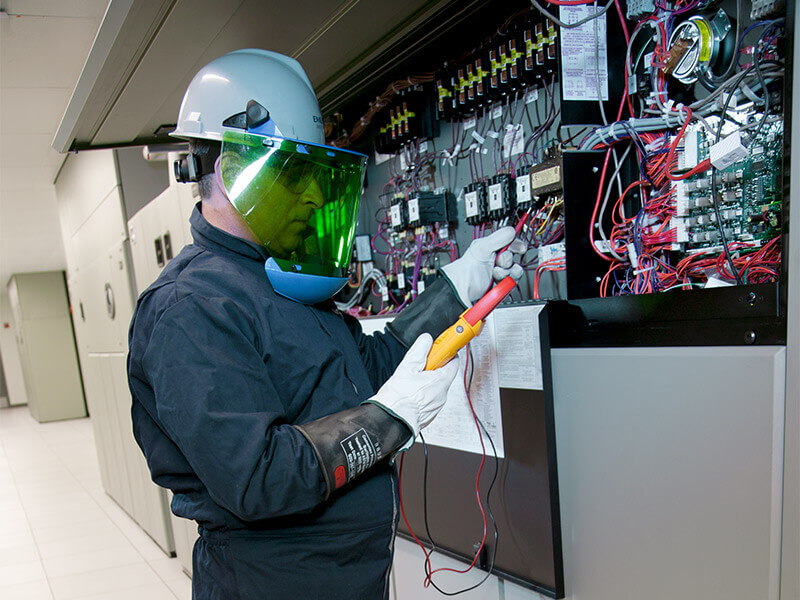The phrase “user experience” dates to 1995 and Apple’s Donald Norman, who was searching for a term to encapsulate all aspects of a person’s experience with a system. In truth, basic concepts of human harmony with objects and environment have existed for thousands of years, and modern industrial design — the direct precursor to UX — can be traced to the middle of the 20th century. UX is simply the natural next step and a reaction to the move toward a digital economy.
The tech industry has largely co-opted the concept of UX design, even as the principle has spread far beyond websites, digital interfaces, and consumer electronics. Today, the user experience is the north star for retailers deploying click-and-go systems, healthcare providers embracing telehealth, and automobile manufacturers designing intelligent cars.
Improving the UX of Data Center Service Technicians
The same is true in the data center business, as equipment increasingly is designed with ease of use and serviceability in mind. Designing for serviceability means designing equipment that can be quickly and easily serviced, making components that are likely to require service easy to access, and ultimately reducing the mean time to repair (MTTR). Eliminating any service-related downtime is always the priority.
Here’s a good example. According to the article titled “How Much Energy Do Data Centers Really Use?” the thousands of devices in some of the world’s largest data centers require more than 100 megawatts (MW) of energy, and these facilities commonly receive and distribute 480-volt, three-phase power.
This consumption coupled with a robust utility transmission grid creates a higher-than-typical incident energy, requiring qualified electrical workers (QEW) to equip themselves with correctly rated personal protective equipment (PPE) and flame resistant (FR) clothing that may restrict mobility.
For cases with the highest incident energy levels, the clothing is very cumbersome which makes taking even a basic test measurement with a voltmeter extremely difficult.
Saving Lives and Money With Easily Serviceable Data Center Systems
By designing power equipment with serviceability in mind, you can compartmentalize low-voltage control circuits from high-voltage. Technicians can then work on the control circuits without being exposed to higher voltages and without being fully suited. It reduces the risk to workers and the time required on the job.
Designing easily serviceable data center power systems may also mean incorporating a protective, Energy Reduction Maintenance Setting (ERMS) feature where the trip setting for short-term fault sensing is extremely sensitive, allowing the technician to adjust his/her PPE for safer working conditions.
Keep in mind that working in full FR-rated PPE is difficult, which can tempt workers to take risks they should not be taking.
All features and designs of critical assets can factor in to the first time fix rate (FTFR) for service — that time between when the call is made to the response center to the point when the issue is completely resolved. The industry expectation is resolution within 24 hours. At Vertiv, we average about 11.8. Our equipment is designed for serviceability, but we also have the industry’s largest service team and maintain a robust inventory of parts. Lack of attention to any of these variables can compromise critical service performance.
If you have questions about the serviceability of your equipment, contact a Vertiv service representative near you. In the meantime, please feel free to join the discussion below. Is the equipment in your data center designed with serviceability in mind? Is your service organization meeting your expectations for FTFR? If not, why not?






